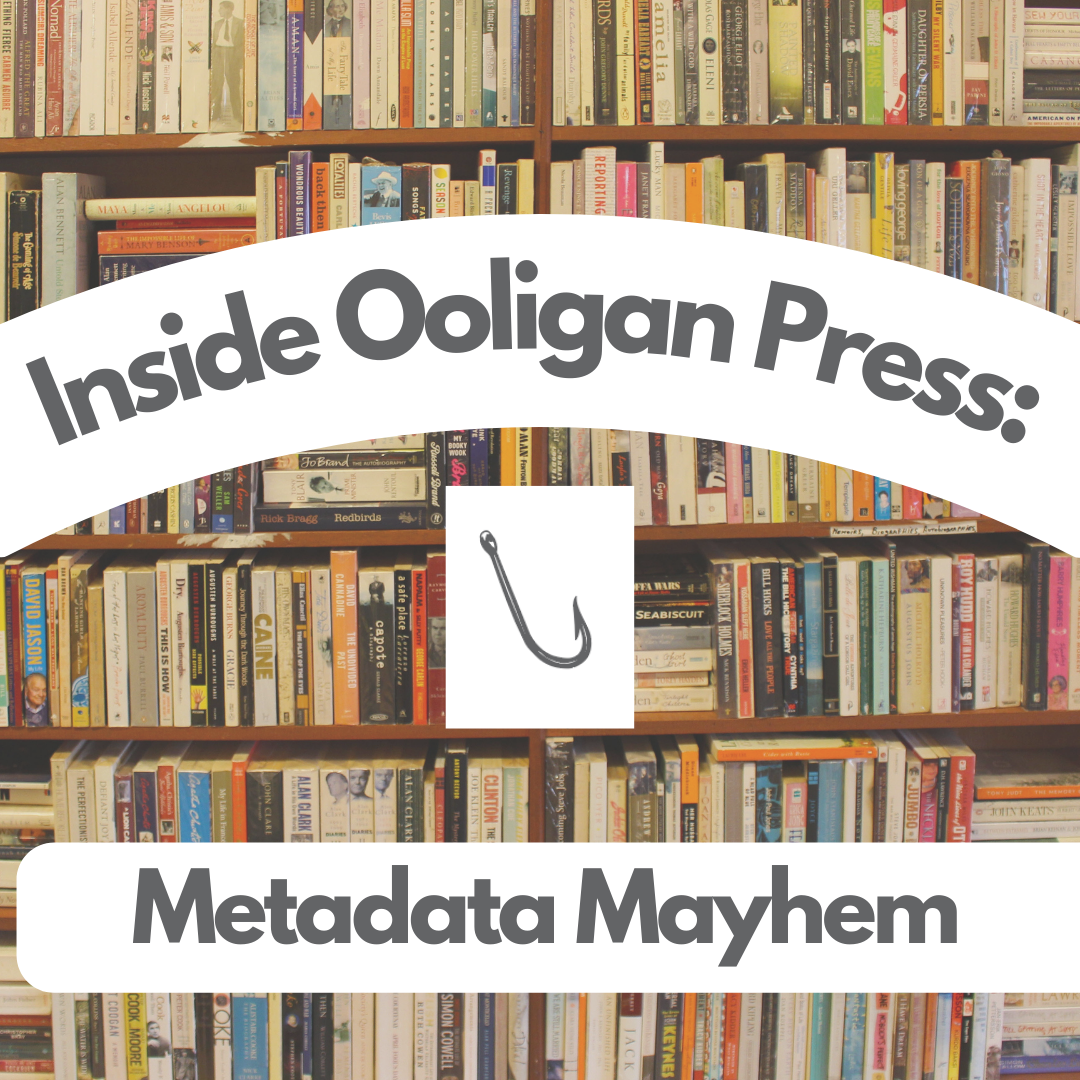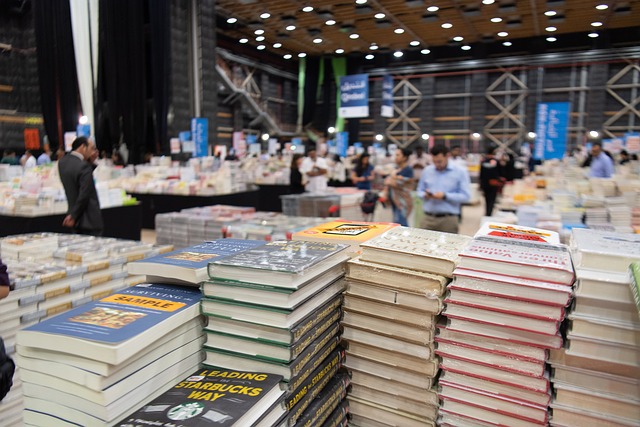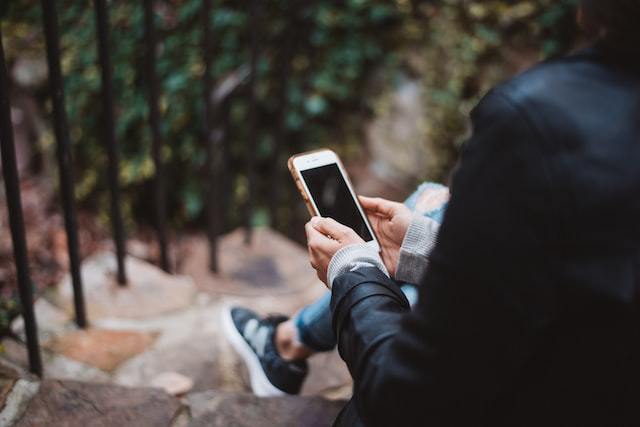Alternatives to Audible
While I’ve enjoyed Audible, I can’t help but feel I’ve fallen into the trap of a familiar app. There must be more out there. So, I decided to look into other audiobook sources to expand my library, and potentially, save some money.




